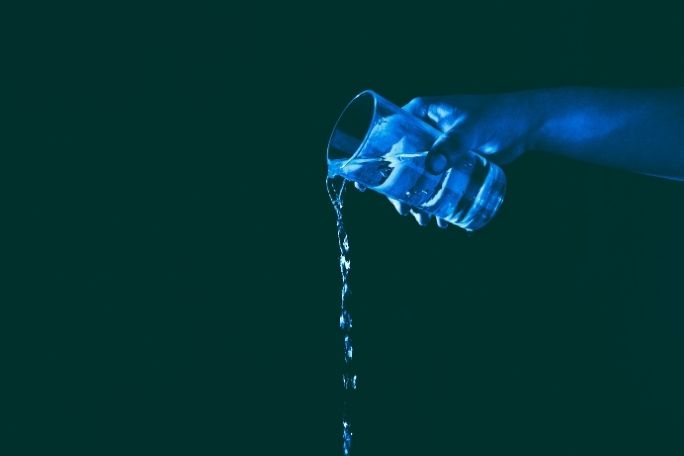Lesson summary
Students examine how water is used in the school. They identify how it is used, ways it might be wasted and their tip or tips for reducing the waste of water.
Learning intentions:
Students will...
- collect data about water use in the school.
- distinguish between appropriate water use and wasteful water use.
- identify issues with plumbing maintenance and from the data collected, communicate using a tip list the best ways to avoid wasting water.
Lesson guides and printables
Curriculum links
Select your curriculum from the options below.
Lesson details
Curriculum mapping
Australian curriculum content descriptions:
Year 7 Science:
- Collaboratively and individually plan and conduct a range of investigation types, including fieldwork and experiments, ensuring safety and ethical guidelines are followed (ACSIS125)
- Summarise data, from students’ own investigations and secondary sources, and use scientific understanding to identify relationships and draw conclusions (ACSIS130)
Year 7 English:
- Plan, draft and publish imaginative, informative and persuasive texts, selecting aspects of subject matter and particular language, visual, and audio features to convey information and ideas (ACELY1725)
Year 8 Science:
- Collaboratively and individually plan and conduct a range of investigation types, including fieldwork and experiments, ensuring safety and ethical guidelines are followed (ACSIS140)
- Summarise data, from students’ own investigations and secondary sources, and use scientific understanding to identify relationships and draw conclusions (ACSIS145)
Year 8 English:
- Create imaginative, informative and persuasive texts that raise issues, report events and advance opinions, using deliberate language and textual choices, and including digital elements as appropriate (ACELY1736)
Syllabus Outcomes: SC4-5WS, SC4-6WS, SC4-7WS, EN4-4B.
Year levels: 7 and 8
Indoor or outdoor activity: Indoor/outdoor
Time required: 60 mins
Learning areas addressed: Geography, Health and physical education.
Level of teacher scaffolding: Keep students on track with making their saving tips.
Resources required
- Internet Access
Additional info
This is an original Cool.org lesson. Facts and figures in these lessons may have changed since this lesson was published. We always endeavour to update our resources in a timely manner, but if you see an error or issue in our resources please get in touch with us.


Welcome back!
Don't have an account yet?
Log in with:
Create your free Cool.org account.
Many of our resources are free, with an option to upgrade to Cool+ for premium content.
Already have an account?
Sign up with:
By signing up you accept Cool.org's Terms and Conditions(Opens in new tab) and Privacy Policy(Opens in new tab).